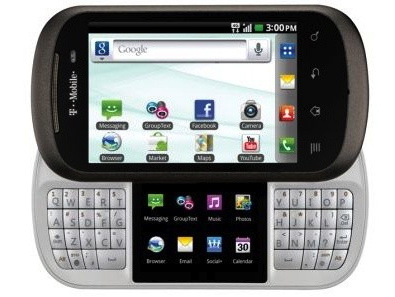TechRadar Verdict
Different, but once the novelty wears off, the DoublePlay is just a bulky phone lacking in features.
Pros
- +
Novel split-screen
- +
Great bundled apps
- +
Good tactile keyboard
- +
Relatively fast
- +
Browser worked fast
Cons
- -
Poor camera
- -
Heavy and bulky
- -
Split keyboard is a tad awkward
- -
Slips out of your hand
- -
Incompatible widgets
Why you can trust TechRadar
Differentiating yourself from the pack means making something spectacular…or just different. With the LG DoublePlay, a few radical hardware changes translate to an unusual, and sometimes more productive, experience.
The phone is perhaps most similar to the Kyocera Echo (or maybe even the Nintendo 3DS) but falls short of the amazing Samsung Google Nexus and Apple iPhone 4S which function as more traditional phones. At the very least, the DoublePlay tries something new.
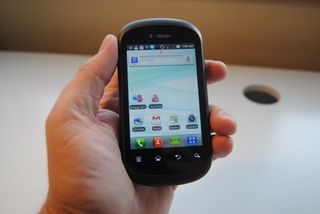
The most unusual feature is the phone's two screens, one main 3.5-inch touchscreen running at 320 x 480p resolution and a second 2-inch, 240 x 320p screen.
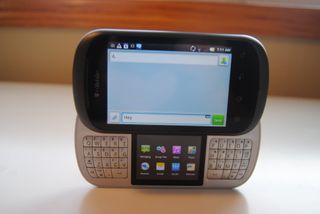
The two-screen approach, like the 3DS or the Echo, lets you run an app in one screen and see app icons in another. Or, you can see your main Facebook page and chat with someone on the second screen.
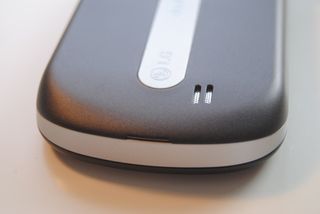
As you can imagine, having two screens means putting up with some bulk. The phone weighs 192 grams, or about 50 grams heavier than the Galaxy Nexus. At 64mm thick, the DoublePlay feels like it could double as a hockey puck or maybe a doorstop. If thin is in, then LG didn't get the memo.
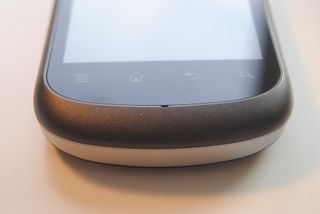
With its 1GHz processor, the DoublePlay is a bit behind the curve compared to the new crop of 1.2GHz and 1.5GHz phones that have added zip for games and browsing the Web. The phone is loaded with Android 2.3.4 Gingerbread and we kept missing the superior performance and usability of Android 4.0.
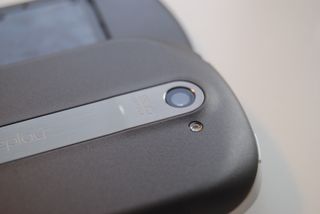
The 5-megapixel camera is also a bit behind the pack. At CES, we saw a bevy of phones with extremely high-res cameras, up to 16MP in some cases. The DoublePlay supports 720p video recording, but it is equally inadequate. The phone includes 2GB of internal memory, but if you need more space for your photos and videos, it supports up to 32GM microSD cards.
As for wireless connections, this is an HSPA+ phone running on T-Mobile in the US with a rated download speed of about 14.4Mbps. Real-world speeds were much lower, hovering around 3-4Mbps.
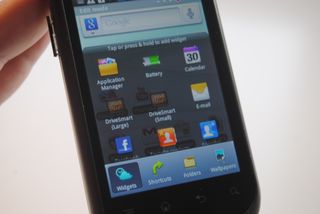
The phone supports Wi-Fi and Bluetooth 3.0. Unlike an Android 4.0 phone, the DoublePlay does not work with the new Bluetooth Health Device Protocol (HDP) standard and does not have an NFC chip.
Further lessening its appeal, the DoublePlay comes equipped with a 1500 mAh battery is not quite capable of all-day functionality. The two screens definitely hamper the experience if all you care about is talking and texting. The phone is rated for just three hours of talk time.
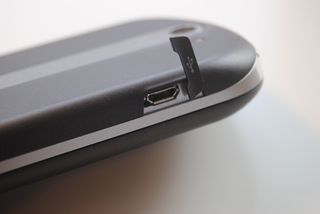
In our own tests, the DoublePlay lasted for about six hours of normal use during the day. As with many recent Android phones, we installed the Juice Defender and were able to use the phone an entire day.
Alas, none of that is likely to matter if you're interested in the DoublePlay solely for its dual-screen functionality. We think only the most hardcore dual-screen users will appreciate the hardware design; other will miss a slimmer phone.
John Brandon has covered gadgets and cars for the past 12 years having published over 12,000 articles and tested nearly 8,000 products. He's nothing if not prolific. Before starting his writing career, he led an Information Design practice at a large consumer electronics retailer in the US. His hobbies include deep sea exploration, complaining about the weather, and engineering a vast multiverse conspiracy.
